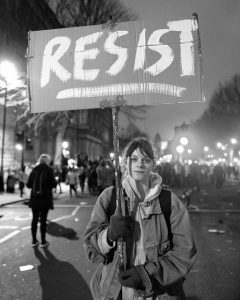
Sweden has a long tradition of supporting its citizens with protective regulations and social services, including 480 days of paid parental leave, universal health care, and free higher education. But now, a new proposal has come forward in the Swedish town of Overtonea: to give municipal employees a paid hour break during the week to go home and have sex. A recent article in the New York Times explains that the policy, a brainchild of councilman Per-Erik Muskos, could help with the decreasing population in Overtonea, improve marriages, and improve employee satisfaction.
Muskos’ idea has garnered as much praise as criticism. Many believe that it will encourage single workers to go on dates that will take longer than the one hour. And many wonder how such something like this could be enforced. Others believe that it is an excellent idea, as it will help with work-life balance. Lotta Dellve, sociologist from the University of Gothenburg, believes that her research supports Muskos’ plan. Her findings show that short bursts of physical activity during office hours are correlated with work satisfaction and productivity. Dellve believes that sex can fulfill these needed bursts, but noted that a lot of people might struggle to find the motivation to come back to work.




 Trump received
Trump received 



